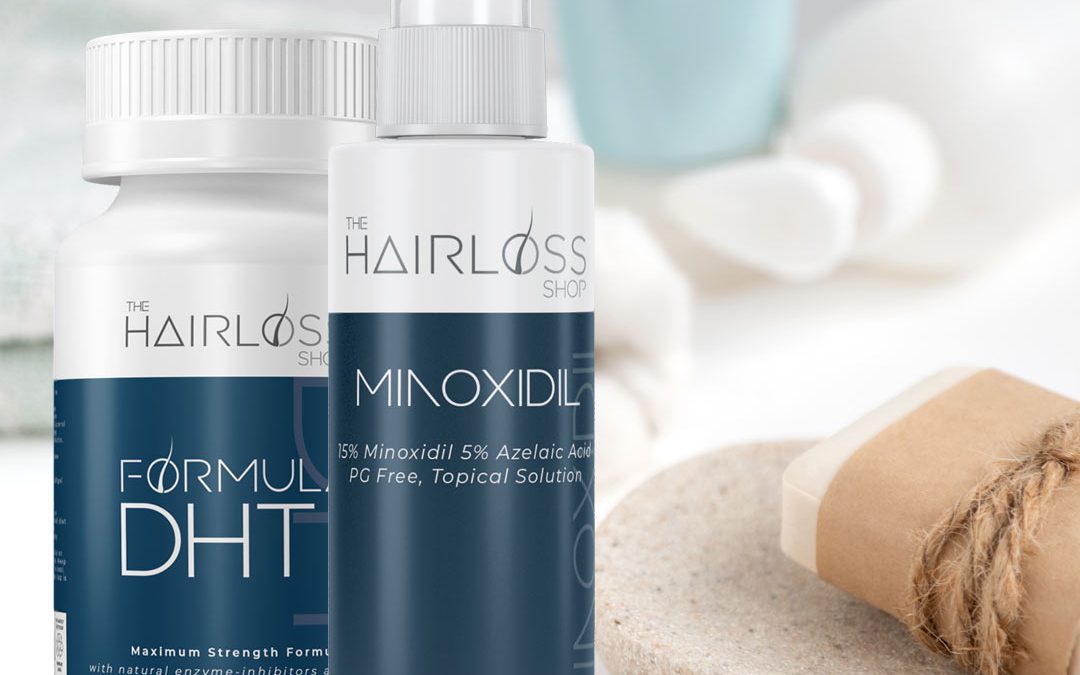Hair loss is a common concern that affects people of all ages and genders. While various factors contribute to this condition, one hormone that has gained significant attention in recent years is dihydrotestosterone (DHT). In this blog, we will explore the role of DHT in hair health, its effects on the hair follicles, and potential strategies to manage its impact.
Dihydrotestosterone, or DHT, is a potent androgen hormone derived from testosterone. Both men and women produce DHT, but it plays a crucial role in the development of male characteristics during puberty. While DHT is essential for the growth of facial and body hair, it can also contribute to hair loss when present in excessive amounts.
The Role of DHT in Hair Loss: The hair growth cycle consists of three phases: anagen (growth phase), catagen (transitional phase), and telogen (resting phase). DHT primarily affects the anagen phase by shortening it, leading to reduced hair growth. This process is known as miniaturization, wherein hair follicles become progressively smaller and produce finer, shorter hairs.
DHT binds to receptors in the scalp, specifically those located in the hair follicles. This binding triggers a series of events that gradually weaken the follicles, leading to a decrease in hair diameter and eventual hair loss. The sensitivity of hair follicles to DHT is genetically determined, which explains why some individuals are more prone to pattern baldness.
Effects of DHT on Hair Follicles:
- Miniaturization: As mentioned earlier, DHT causes hair follicles to shrink over time, resulting in the production of thinner and shorter hairs.
- Increased Hair Shedding: DHT contributes to an accelerated transition from the anagen to the telogen phase, leading to increased hair shedding.
- Reduced Blood Flow: DHT may also affect the blood supply to hair follicles, compromising their ability to receive essential nutrients for optimal growth.
Managing DHT-Induced Hair Loss: Several strategies can help manage the effects of DHT on hair health:
- Medications: FDA-approved medications, such as finasteride and minoxidil, can be effective in reducing DHT levels and promoting hair regrowth.
- Topical Treatments: Some topical treatments, including shampoos and serums containing ingredients like ketoconazole and saw palmetto, may help inhibit the effects of DHT on the scalp.
- Lifestyle Changes: Adopting a healthy lifestyle, including a balanced diet, regular exercise, and stress management, can contribute to overall hair health.
While DHT undoubtedly plays a role in hair loss, it is essential to approach the issue comprehensively. Understanding the genetic and hormonal factors influencing hair loss is crucial for developing effective strategies to manage and mitigate its impact. Our Formula DHT along with our prescribed medication can help with hair regrowth.

